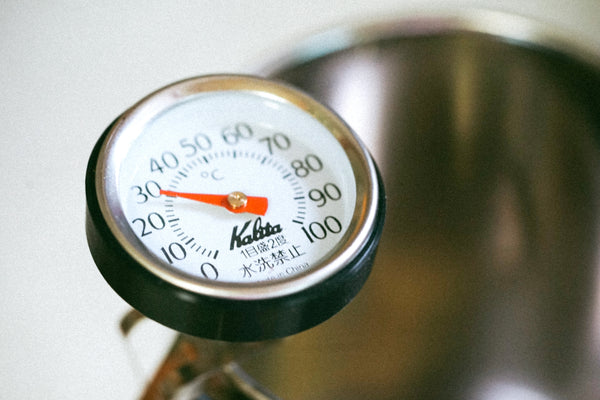
5 Tips for Transporting Wine in Hot Weather
Let’s talk about transporting wine in hot weather
Summertime wine travel slows for nothing and tourist season throughout our European wine regions is in full swing, despite the record heatwave. With temperatures hovering around 32° to 40°C / 90 to 104°F we decided to prepare some tips on how to travel with wine in the heat to help you keep your bottles safe during these steamy days.
Road trip? Checking wine on the plane? Dropping it at the shipper? Here is what you need to know for transporting wine in hot weather to prevent heat damage.
Like any liquid, wine cooks in the heat. Think about when you leave a bottled water in a hot car. You have probably returned to find the bottle and water warm or even hot. Wine is no different - except that you have spent a lot more money on it. That’s why it’s important to consider how to travel with wine in the summer heat.

First, let’s talk about the temperatures that cause wine heat damage.
- 26°C / 80°F: Your wine is getting hot. The heat causes it to expand upwards. Sometimes causing liquid to seep around the cork, and / or pushing that cork out of the bottle and breaking the seal. That compromised cork also results in oxidation.
- 30° C / 86°F: After 18 hours at this temperature your wine loses its brightness, the color changes to a brown hue, the sulfur dioxide drops, and chemical damage becomes permanent according to Jancis Robinson.
- 39°C / 100°F: Damage happens after just six hours.
Next, let’s talk about how to know if your wine is cooked.
Heat damaged wine isn’t always obvious. Have you ever opened a bottle that was sticky around the neck or found stains spilling out at the top of the cork? Those are indications of wine heat damage. In terms of taste, a cooked wine shows increased acidity with sour, jammy notes. On the nose you might smell canned or stewed fruits.

5 Tips for Transporting Wine in Hot Weather
1. Travel with a cooler: Plan wine travel by allotting a cooler just for wine storage. Pack it with ice and try to keep it out of direct sunlight.
2. Pack your cooler with ice packs: Regular ice can damage wine labels as it melts. So if you want to preserve them, mitigate this by using no sweat ice packs. Be sure to plan the purchase of these in advance as they aren't always easy to find.
3. Store your wine in a Styrofoam packaging box: The folks at Wine Cuentista recently told us they use The Wine Check, with its styrofoam insert, as their insulated protector during the heat as they spend their day travelling from winery to winery by car in the Spanish heat. Styrofoam (aka polystyrene) has very good insulation properties, compared to cardboard, and is commonly used by the wine, food, and medical industries to protect goods against extreme temperatures. You can find our resellers all over Europe if you need something to both protect your wine and get it home safely on the plane. We can also ship one to your location. Throw in a couple no-sweat ice packs inside the styrofoam container for extra protection.
4. Keep the wine inside: If you don’t have protective packaging and if you can carry it all bring your bottle(s) into tasting rooms, restaurants, etc. If you are staying in one place for any length of time leave all your wine in your hotel room / hotel store room as they usually have air conditioning.
5. Park your car in a shaded area: Whether you have an insulator or not, always try to park your car in a shaded area. If you find yourself with wine in the car with no access to insulated packaging materials this can be a life saver. Especially if you have too much wine to carry in at your stops.
Wine is fragile and in the heat you have to extra careful. Pay attention to temperatures and prepare according to ensure you are properly transporting wine in hot weather.
If you have any other tips on preventing wine heat damage, please drop us a note below and we’ll add it to the list. Safe travels and happy tasting!
For more on keeping your wine protected and in good condition, be sure to check here.



Deixar comentário
Este site é protegido por hCaptcha e a Política de privacidade e os Termos de serviço do hCaptcha se aplicam.